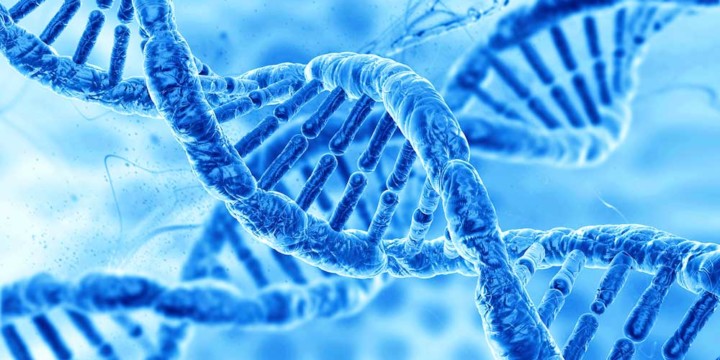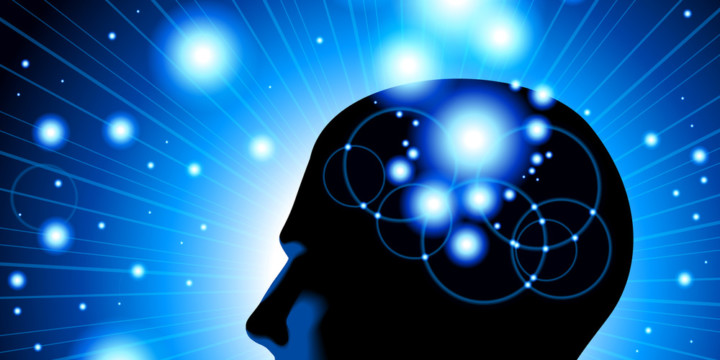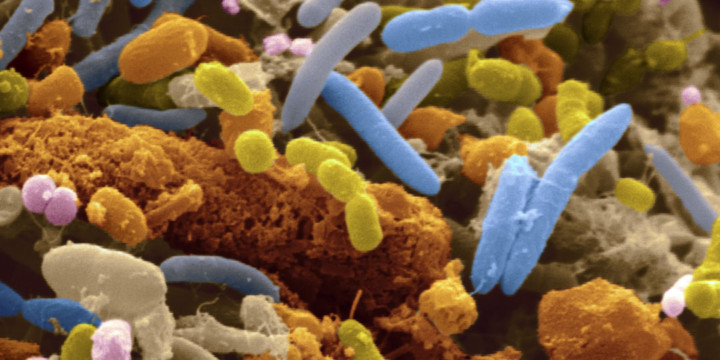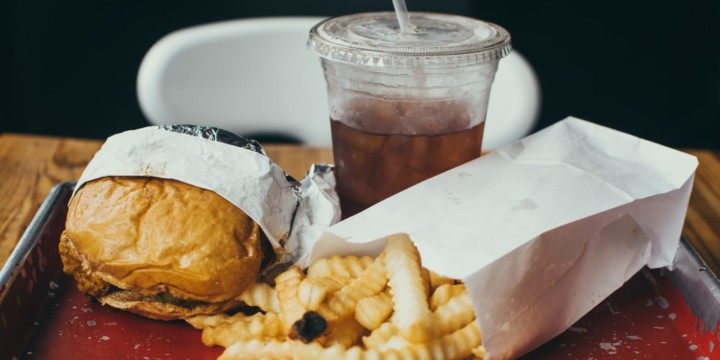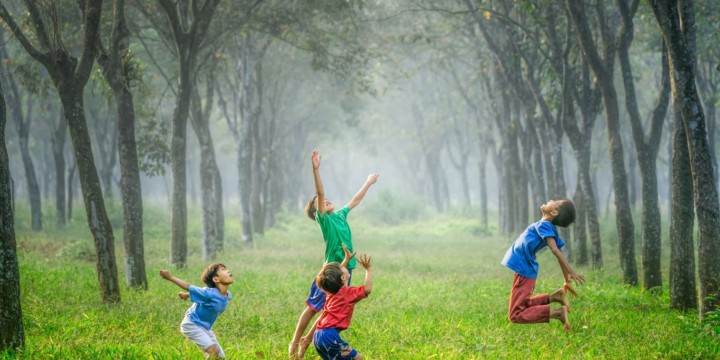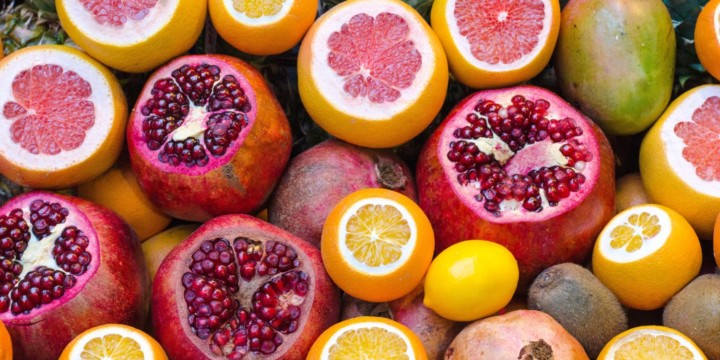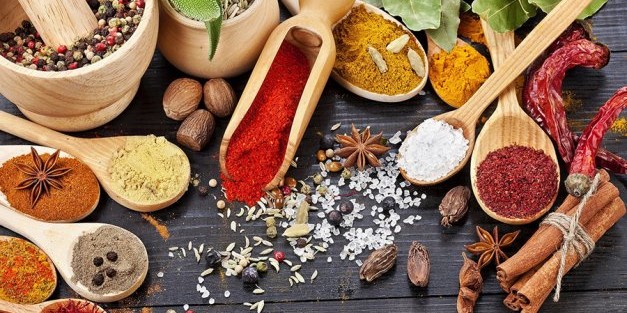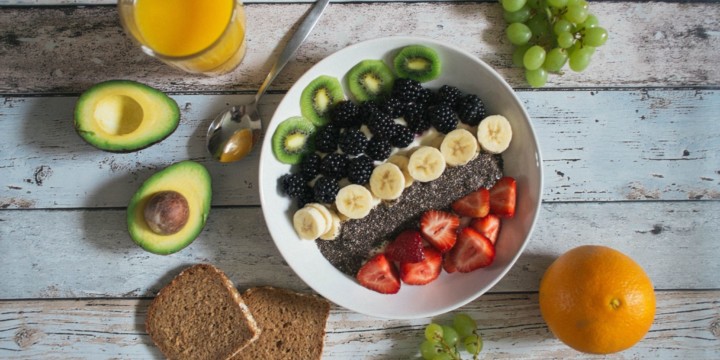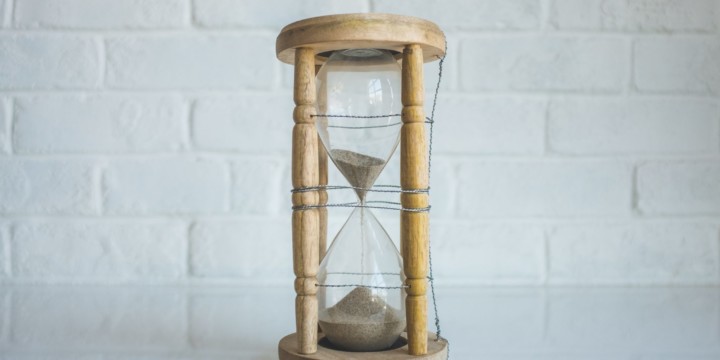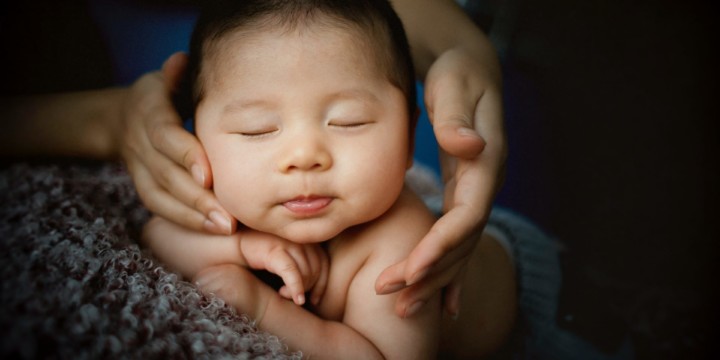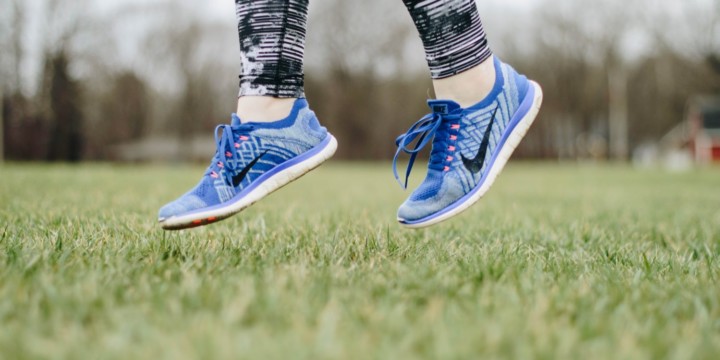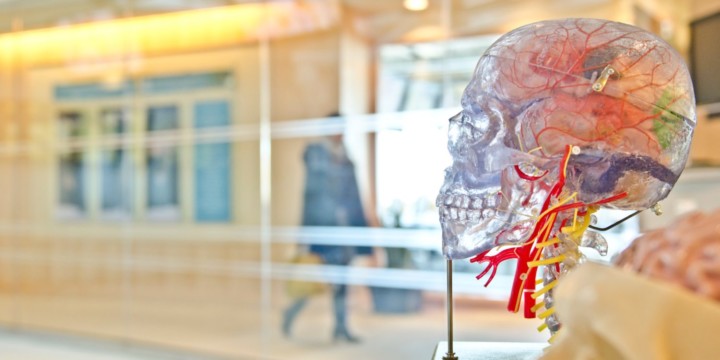Physiology of A Breast Cancer
It is a disease of the mammary glands affecting both male and female, though rarely seen in males but the most common invasive cancer in women, and the second main cause of cancer death in women.
Breast cancer is a disease that occurs when cells that make up the breast tissue mutate or multiply abnormally to produce a mass of tissue called a tumour which may be cancerous or not. Breast cancer usually starts in the milk-producing glands of the breast (called lobules) or the tube-shaped ducts that carry milk from the lobules to the nipple. Less often, cancer begins in the fibrofatty connective tissue of the breast.
There are 2 types of breast cancer which can be invasive (when cancer cells invade the neighboring tissue) or non-invasive (when the cancer cells are limited to the place of origin)
Ductal carcinoma: This begins in the milk duct and is the most common type.
Lobular carcinoma: This starts in the lobules.
Based on the size of a tumour, invasiveness, lymph nodes affected breast cancer is staged from 0-4 Stages
Causes
- Women above the age of 50 years are more like to have breast cancer than their male counterpart.
- A family history of breast cancer increases the risk of developing the same.
- Genetic mutation involving BRCA1 or BRCA2 gene.
- Women with dense breast tissue, with a history of a breast lump, are at risk of developing breast cancer than the normal population.
- White women are slightly more likely to develop breast cancer than Asian, Hispanic, and African American women.
- Women with early menarche (before 12 years) and late menopause (after 55 years) are at greater risk of getting breast cancer.
- Hormone replacement therapy and oral birth control pills have been linked to a small increase in breast cancer risk compared with women who never used hormonal contraception
- Overweight or obese women are more at risk.
- Women who drink two or more alcoholic beverages a day are 1 1/2 times more likely to develop breast cancer than teetotallers
- Exposure to Radiation increases one’s chance of developing cancer.
- Cosmetic implants used for breast augmentation are one of the causes.
Symptoms
- Lump or thickening of the breast
- Change in the skin over the breast or nipple.
- Pain in the armpit or breast that does not change with the monthly cycle
- Pitting and redness of the skin of the breast
- Rash around or on one of the nipples
- Discharge from a nipple
- Sunken or inverted nipple
- Change in the size or shape of the breast
- Peeling, flaking, or scaling of the skin on the breast or nipple
Treatment in Allopathy
A diagnosis often occurs as the result of routine screening, or when a woman approaches her doctor after detecting symptoms.
Based on the blood reports, results of mammography, ultrasound scan, MRI scan and Biopsy, the treatment is planned.
Surgery
It may involve just the removal of a tumour or a tumour along with healthy breast tissue or removal of the entire mammary gland with or without removal of the lymph node.
Reconstructive breast surgery can be done for aesthetic purposes following the surgery.
Radiation therapy
Controlled doses of radiation are targeted at a tumour to destroy the cancer cells. Used from around a month after surgery, along with chemotherapy, to kill the residual cancer cells.
Chemotherapy
Cytotoxic drugs are used to kill the cancer cells and to reduce their size (before surgery)
Hormone-blocking therapy
Hormone-blocking therapy is used to prevent recurrence in hormone-sensitive breast cancers.
Ayurveda and Breast cancer
Cancer according to Ayurveda is caused when there is vitiation of vata, pitta and kapha, disturbance in microcirculation called sroto dushti, the formation of toxins in the body (ama) and decreased immunity (ojakshyam). Greater the number of doshas involved the challenge of treating increases proportionately and treatment is addressed in correcting the food habits, lifestyle, environment, psychosomatic beliefs.
Treatment of breast cancer in Ayurveda
Ayurvedic treatment concentrates on detoxing the body of the toxins, modification of diet and lifestyle, and administration of herbal medicines.
Panchakarma therapies
Snehana (internal and external oletion) is done using oil or medicated butter to expel the toxins from the body followed by Swedana
Vamana (induced vomiting) is a pradhana karma for kapha dominant disorders
Nasya, where medicated oil is instilled through nostrils to balance the kapha and vata dosha
Raktamokshana (bloodletting) is an ancient Ayurvedic practise believed to cleanse the body of toxins
Diet
- Pungent, salty and sour food should be minimally consumed
- Consumption of refrigerated cooked food should be avoided and freshly cooked food should be consumed
- It is advised that 70% of the diet should contain fruits and vegetables and the rest 30% should contain carbohydrate and protein
- According to Ayurveda consumption of meat aggravates cancer; hence it is best to consume a vegetarian diet
- Avoid sugar as cancer cells love sugar
Lifestyle modifications
Healthy eating and healthy mind keep diseases at bay, likewise, stress and sedentary lifestyle are one of the most important factors that cause and aggravation of breast cancer; hence regular exercises are beneficial.
Yoga and pranayama have been proven to reduce the risk of occurrence of breast cancer and halt the disease progress
Ayurvedic herbs
Kalmegh soaked overnight in boiling water and consumed early morning is the treatment of choice in Ayurveda for breast cancer
Manjistha, Daruharidra, Amalaki, Haritaki, Baheeda and germinated wheat leaves juice have anti-cancer property along with being anti-inflammatory and immune modulator, hence beneficial in treating cancer
Metals such as gold, silver, tin and gemstone preparations from sapphire, ruby and emerald have been used in ayurvedic medicines due to their scavenging property
Yoga and pranayama
Yoga is being considered as a complementary treatment for breast cancer. Yogasanas such as Ardha Matsyendrasana (fish pose), virasana (hero pose), Setu bandhasana (bridge pose), Anjaneyasana (crescent pose), Virabhadrasana (warrior pose) and Savasana (corpse pose) increases energy, quality of life and vitality.
Conscious breathing or pranayama on regular practice improves vigour and sustainability. Kapalbhati, Anulom-Vilom and Bhramari pranayama calms the body and mind
Naturopathy and breast cancer
Naturopathy uses nature and non-toxic therapy to treat the person as a whole and not only the disease. Naturopathy can be considered along with ongoing radiation and chemotherapy and not as a sole treatment for cancer. Few patients opt nature therapy/ naturopathy as the sole treatment due to the agonising side effects of allopathic treatment. Hence the decision is individualistic and best known to one, what their body and mind can handle.
Treatment of breast cancer in Naturopathy
Detoxification
- Enema, Colon hydrotherapy, massages, liver and kidney packs and other hydrotherapy, fasting on vegetable juices are some of the ways to detox
- Fermented beverages are a great way to cleanse the body. Coconut water kefir is high in potassium, probiotic and nutrients to strengthen the body’s immune system along with flushing out the toxins
- Dry brushing before shower stimulates the lymphatic movement below the skin easing out pain and swelling and
Diet modifications
- Refined sugar, excess carbohydrate, saturated fats and alcohol are major culprits of breast cancer, hence better avoided
- Carotenoids, an active compound present in green leafy vegetables, carrots, papaya, melons, pumpkin and saffron are said to be protective against breast cancer and prevents the growth of a tumour
- Green tea has polyphenolic compounds which possess antitumor properties along inhibiting the spread of a tumour
- Indian diet is known for its aromas, flavours and health benefits and one such component that is vastly used is garlic which is known to have potent anti-cancer property. Efficacy of consuming garlic everyday morning on empty stomach has been considered as good as chemotherapy
Lifestyle changes
- Obesity is one of the major causes of many diseases including breast cancer, hence health diet, stress-free minds and regular exercise is advised
- Having a good night sleep is very essential, as melatonin production peaks at night in dark environment which protects the body from breast cancer, hence night shift workers are at risk for the same and advise a change in the shift every week.
- Vitamin D is not only essential for the bones but also for the healthy functioning of the cells it is known to protect the cells from neoplastic changes that occur during breast cancer; hence it is wise to utilize the natural source of vitamin D through sunlight.
- Supporting the breasts with breathable clothing and sleeping without a bra prevents breast cancer
- Breastfeeding insures oneself from breast cancer
Botanical herbs
- Flax seeds are rich in dietary fibre, omega 3 fatty acids and phytoestrogens which are protective against breast cancer
- Echinacea, a plant native to North America and Europe has been found to halt the progression of breast cancer prolonging the survival time.
- Burdock relieves pain and reduces the tumour size, Burdock root contains flavonoid and polyphenol antioxidant that regress the tumour development
- Ginseng is a herb widely used in China, Japan, Korea and Russia is gaining popularity worldwide for its anti-cancer properties and known to relieve fatigue during ongoing chemotherapy and radiotherapy
- Peppermint oil, ginger and sea bands help fight nausea and vomiting due to breast cancer and its treatment

